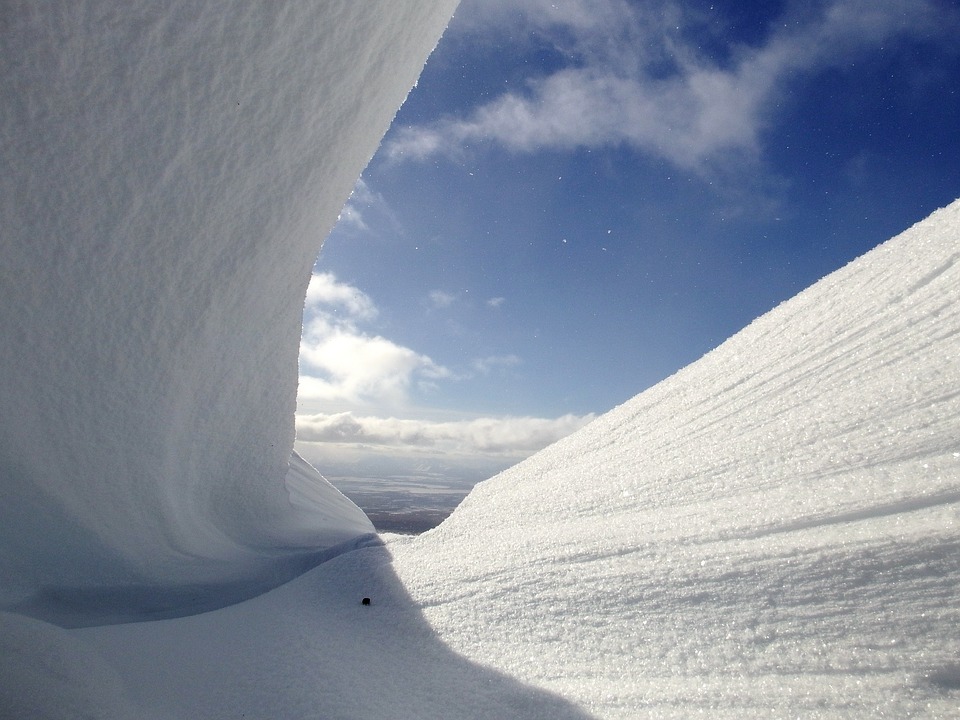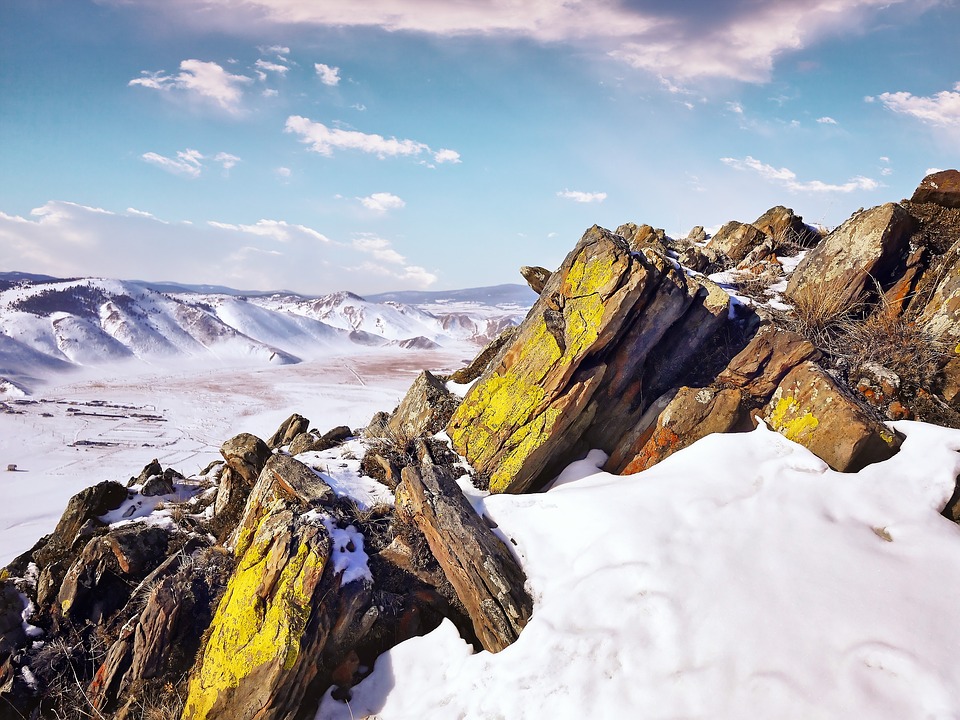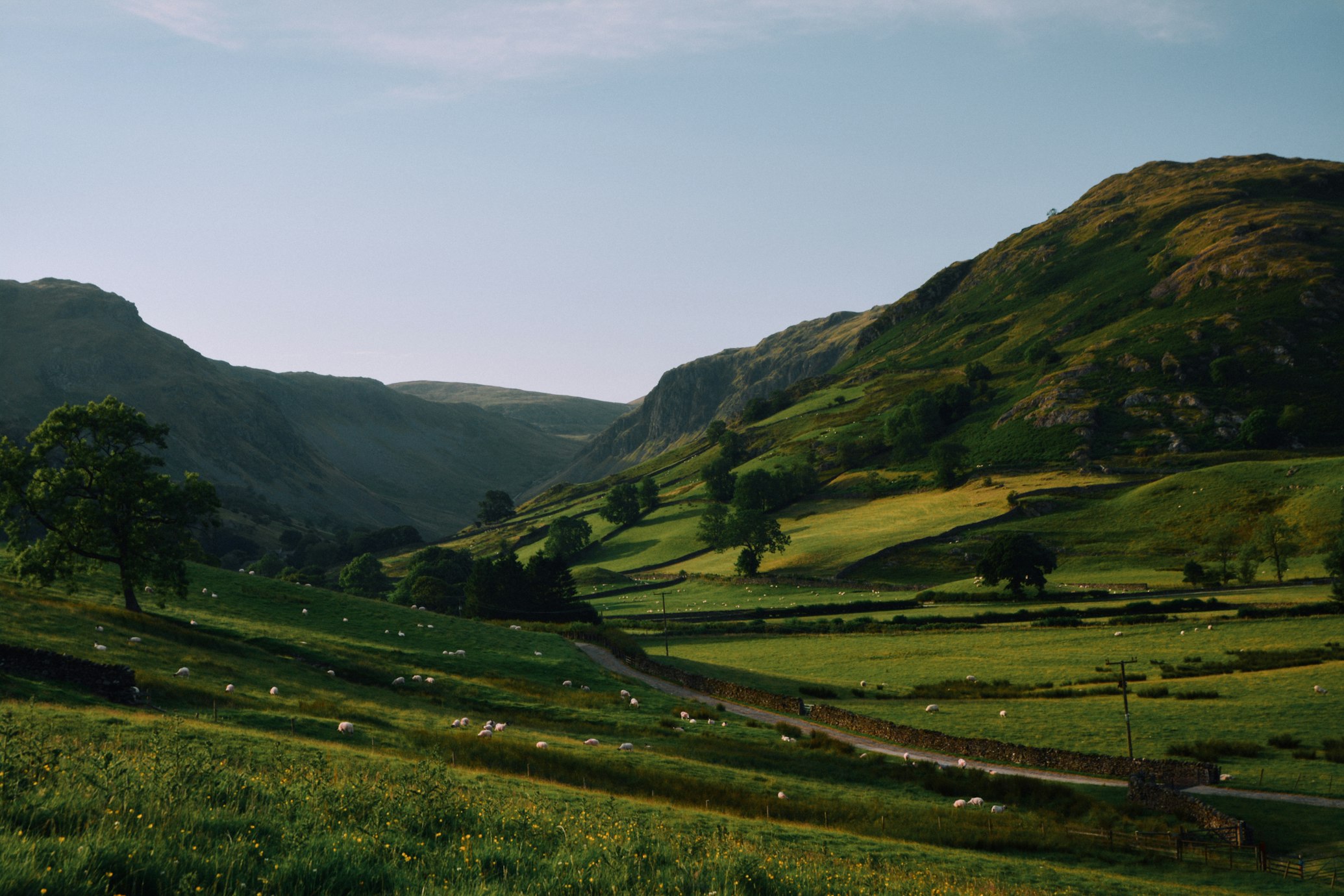Guest post by Agness and Cez of eTramping
When it comes to visiting the Arctic Circle, people mostly concentrate on the usual. Scandinavian countries, Finland, Greenland, Alaska and the Yukon are getting all the attention. Still, Russia holds almost half of the territory that makes up the Arctic Circle – so why aren’t people visiting?
As one of the most “off the beaten track” areas in the world, there are a few valid reasons why the Russian Arctic isn’t very well known as a travel destination:
-
One of them is that Russia only opened its doors to visitors after the collapse of the Soviet Union;
-
Extreme conditions and lack of roads which make it so hard to travel;
-
The militarization of the Arctic;
-
Permits required to visit certain areas. If you’re familiar with traveling to Tibet in China, for example, you know it takes a while…
But as we’ve seen, nothing is impossible with a bit of patience and preparation. Agness and Cez of eTramping will provide you with a series of awesome destinations in the Extreme North, should you decide to visit!
Drop by Murmansk
Before diving headfirst into nomadic territories, take some time to visit the largest city to the north (population of approx. 300,000 people). Ride through the northernmost trolley on Earth, amongst the Soviet-era architecture which you can also see throughout former Eastern Bloc countries.

See how the concrete giant Alyosha extends a protective view of the surrounding Arctic landscape. And what a view! As you’re in a port city, you’ll inevitably gaze over the shipyards where the first nuclear-powered icebreaker, the Lenin, is docked as a museum ship. Catch a glimpse of the animal shows at the local Oceanarium, or explore the Murmansk surroundings under the Northern Lights.
Along the Kola Peninsula
The best part about Murmansk and Kola is that you don’t need a permit to visit the majority of areas of interest. You’ll have no issues taking trips to the settlements of the indigenous Saami people. For example, the village of Lovozero (which is often called “the Saami capital of Russia”) is where you’ll find the Saami National Cultural Center.

Observe the daily life of reindeer herders (they have herds ranging in the thousands of deer!) Gasp at the beauty of the sacred Seydozero Lake and trek (or go sledding) through the snowy tundra.
In the Republic of Karelia
Travel through the log cabin village of Pyalma and observe the 150-year old architecture of the buildings and a wooden church. The views along the Onega Lake are fantastic as well. Over to the White Sea coast, you will find the wooden cabins and churches of the Pomor people, a line of Russian settlers who have established themselves in the Arctic since at least the 12th century.
Nenets Autonomous Okrug
As you will see, the Russian Arctic is very good at preserving the rich culture of the nomadic peoples who make their living in this frozen wilderness. The next tribe we will explore are the Nenets people, who also have a long history of reindeer herding.

They took it quite seriously, as in times past the Nenets would make pilgrimages to Vaygach Island in the area. You’ll need a permit to access the island, but it’s well worth the inevitable 2-month wait. Take that time to hone your body for the extreme weather!
On this island, the Nenets history will unfold right before you: many idols and sacred sites are on display for both the nomads and visitors looking to pay their respects. The island is also a veritable “hive” of polar bears, walruses, and other Arctic fauna - so get your cameras ready, animal fans.
Yamal Peninsula
The Nenets are also the masters of the Yamal Peninsula, and you can also live with them in the extremely harsh conditions. Constantly on the move, you will need to get used to staring at the fluffy behinds of the reindeer who are the sole method of transportation.
The Taymyr Peninsula
If you’re looking for a REAL adventure expedition, then the northern part of Siberia will definitely put you to the test. This part of the Russian Arctic is overseen by the formerly nomadic Dolgans, who now spend their days as fishermen and reindeer hunters. Some even venture out to find extremely rare and valuable mammoth tusks. Those who have kept their nomadic lifestyle usually build their homes on their reindeer-driven sleds, and move every week or so – cabin and all.
The peninsula is excellent for polar bear spotting, the usual nomadic travel experience, as well as the serene Putorano Plateau. Known as probably the most beautiful region in Russia, this plateau hides the country’s tallest waterfall, but certainly not the only one in its midst. The only downside is that the area is only accessible from Norilsk by private flight (though you can’t blame anyone for not wanting to brave the Siberian behemoth).

Extreme Yakutia
Aside from maybe Antarctica, the Yakut region is known as the coldest place on Earth. It’s not uncommon for the thermometers to show -60°C, though even -80°C has been reached at times. As such, the indigenous Yakut people are some of the toughest around the block, and a testament to human endurance in the most unforgiving conditions.
But snowy plains and extreme temperatures are not all that Yakutia has to offer. Along with the polar bear and reindeer herders you’ve become accustomed to, you can also witness mammoth graveyards (and the tusk hunters to go along with them), as well as grim reminders of the former Soviet regime: gulags. Towering mountains are waiting for explorers to brave them and the mysterious kisilyakh stone pillars carry some valuable insight into local folklore.

The Wrangel Island
Can’t end a true Russian Arctic cruise without mentioning this beauty of an island. An important UNESCO site and the first Russian natural reserve, the Wrangel Island is a great opportunity to get as close as possible to a polar bear. Among other arctic mammals such as the Muskox and gentle walrus, fans of bird-watching will have excellent opportunities to spot snowy owls, snow geese, majestic Peregrine falcons, and over a hundred other bird species.





